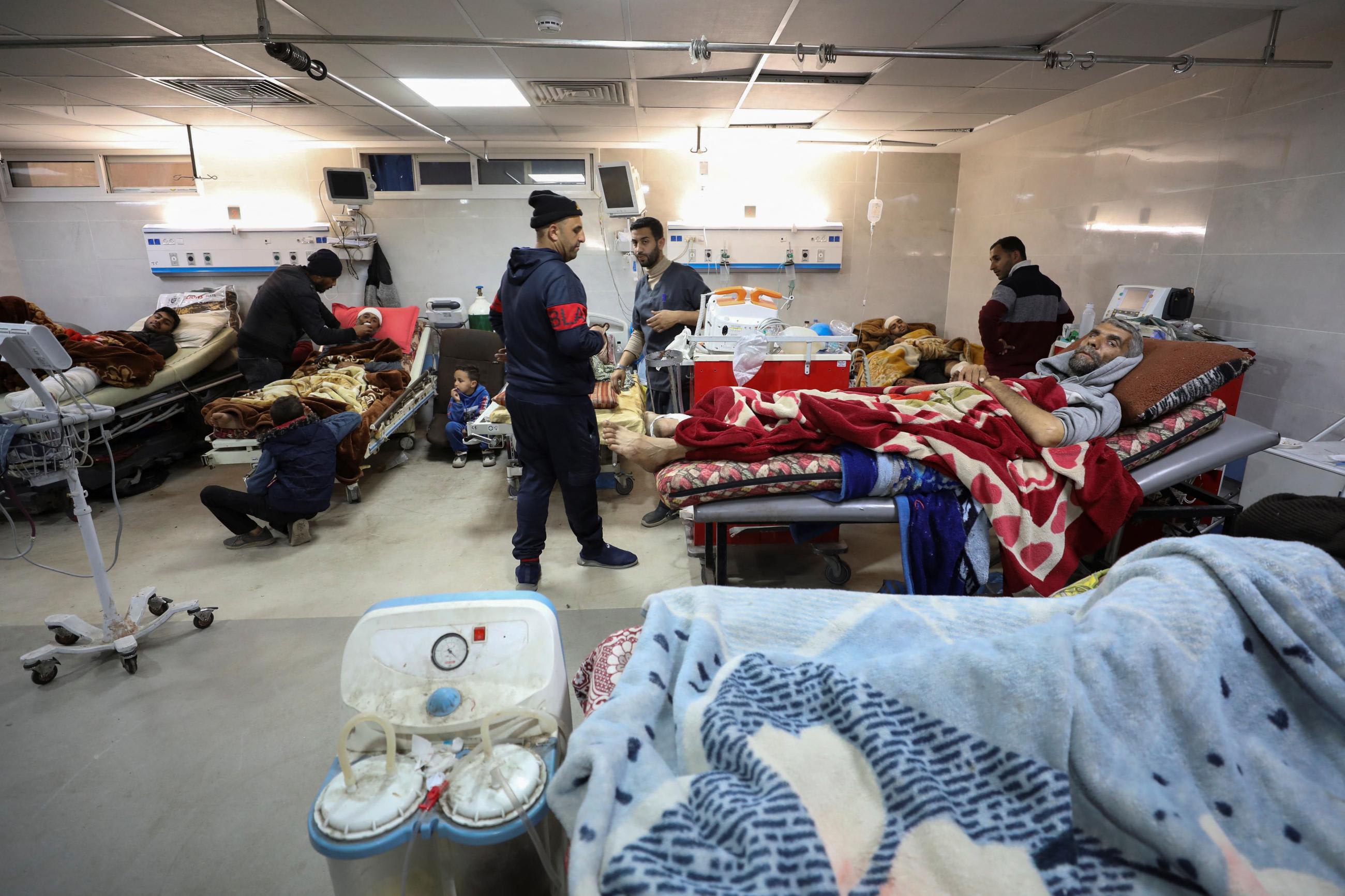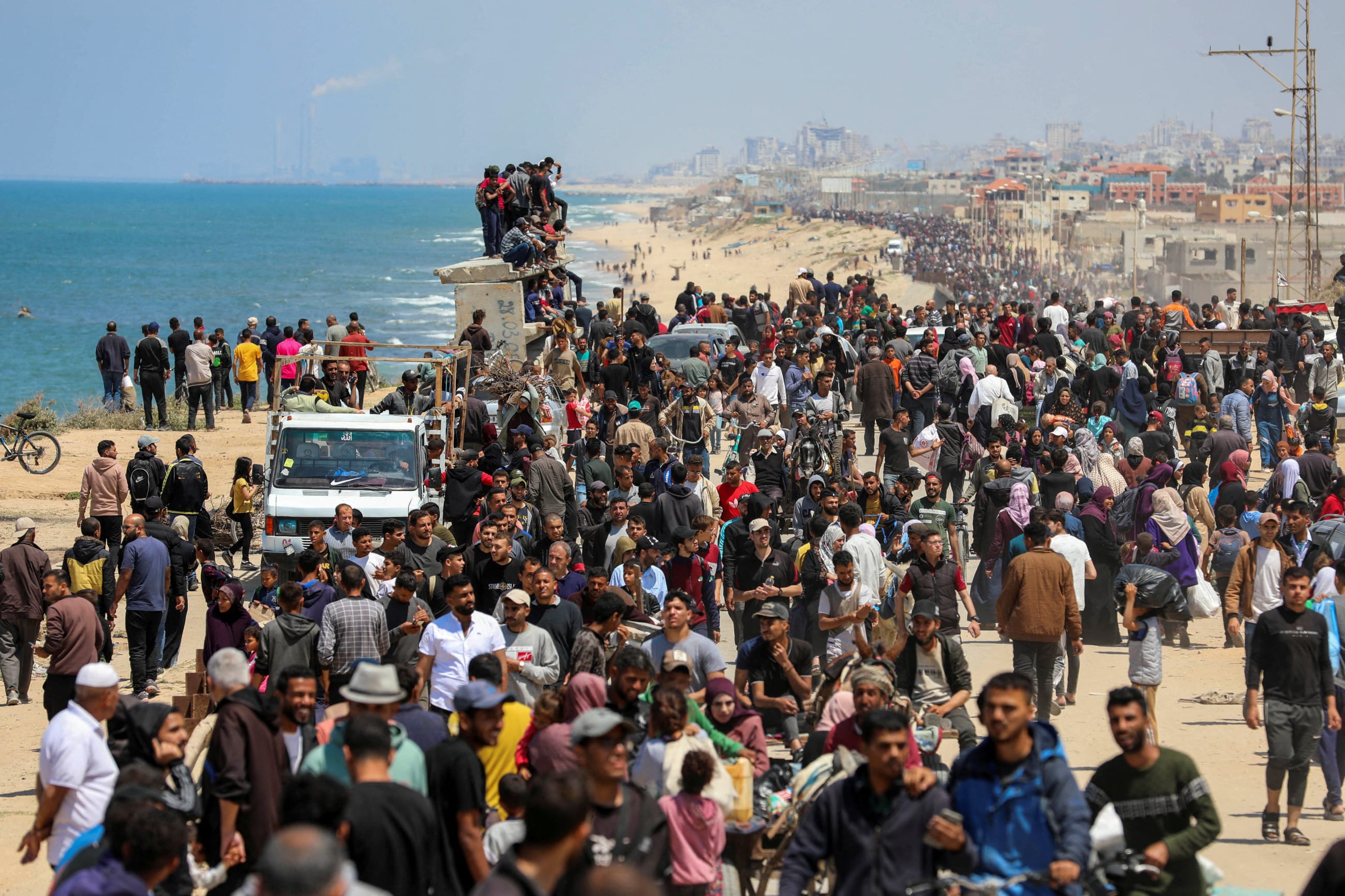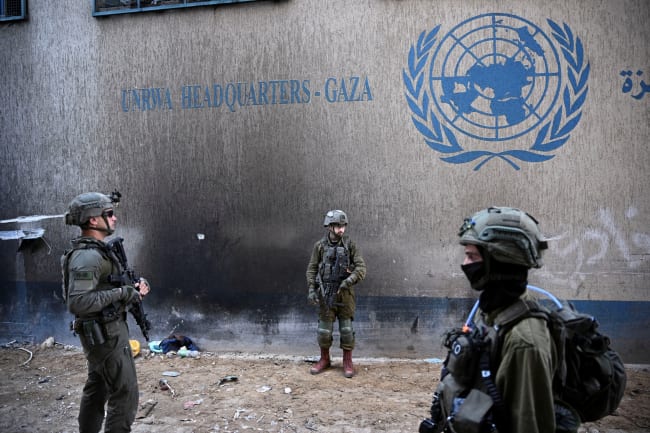Six months after Hamas' October 7 attack on Israel, the world is taking stock of the massive loss of human life in the region.
After the attack killed 1,200 Israelis, Israel launched a counteroffensive that has killed more than 33,000 Palestinians in Gaza. Many of the victims were children: Before the war, half of Gaza's population was under 19 years old.
According to the latest data collected by the World Health Organization (WHO) on the West Bank and Gaza, approximately 693 people have died in health facilities and 970 been injured by Israeli attacks. The WHO also recorded 804 attacks on health-care facilities since October 7. As of early April, only 10 of Gaza's 36 hospitals are partially functioning even as ambulances have been attacked and their paths obstructed from reaching injured civilians.
An investigation conducted by CNN in January revealed that two hospitals were flattened, three pediatric hospitals had ceased to provide services, and hospitals offering cancer and psychiatric treatments were damaged. The attacks on medical facilities have forced surgeons to operate in less than appropriate conditions and discharge patients with serious ailments before they are properly healed.
Gaza's Young Population
Over half of Gaza's people were estimated to be 19 years of age or younger in 2023
The collapsed health-care system has also increased cases of diarrhea and other communicable diseases.
The WHO reported more than 345,500 cases of diarrhea in April, more than 100,000 in children under age 5. Before the current violence began, diarrhea cases in young children in Gaza averaged just 2,000 per month.
Communicable Diseases Thrive in Gaza
Attacks on hospitals and blockades of medical supplies have fueled a surge in infectious disease cases in Gaza
Infections such as acute diarrhea are worsened by severe malnutrition. According to the Integrated Food Security Phase Classification, half of Gaza—1.1 million people—face catastrophic food insecurity, defined as having "extremely critical levels of acute malnutrition and mortality."
On January 4, UNICEF Executive Director Catherine Russell stated that "many children already face severe acute malnutrition in Gaza" and that they are "increasingly at risk from preventable diseases." The WHO reports that 28 patients in Northern Gaza have died of malnutrition and that 12.4% to 16.5% of children between 6 months and 5 years old suffer from acute malnutrition. On Wednesday, April 11, Samantha Power, U.S. Agency for International Development (USAID) administrator, told lawmakers that famine in parts of Gaza is under way.
Famine Looms in Gaza
Gazans are experiencing severe food insecurity, with the vast majority in a state of crisis or higher
In an effort to combat food insecurity in Gaza, the WHO and its partners established two kitchens in Al-Shifa hospital to serve 1,200 meals a day and provide medical supplies for children with acute malnutrition. Aid workers in the region have faced dangerous work conditions and in early April seven members of the World Central Kitchen were killed in Gaza. Founded by world renowned chef José Andrés, World Central Kitchen has provided 1,700 trucks of food and cooking equipment since October of last year and has delivered 230,000 meals through Jordanian airdrops and across the border as well as 435,000 by sea.
The Israeli military's withdrawal on April 1 from Al-Shifa hospital—following a two-week siege—has left bodies scattered around the complex and buried under the destroyed buildings.
Following this incident, President Joe Biden sternly warned Prime Minister Benjamin Netanyahu of a changing U.S. policy toward Israel if civilian life in Gaza is not protected. Several hours later, Israel agreed to increase deliveries of aid through the reopening of the Erez crossing; Israeli forces fired two officers after discovering breaches of standard military procedures.
The situation in Gaza is dire and the amount of aid that may flow through the reopened Erez crossing will be inadequate in reviving the population
However, the situation in Gaza is dire and the amount of aid that may flow through the reopened Erez crossing will be inadequate in reviving the population. Because access to border crossings is limited, many countries have resorted to aid drops—which can be relatively ineffective.
Airdrops are costly and can either injure civilians on their way down or land in locations difficult to access. However, they are the only viable option—one that even the United States has resorted to—given that Israel has impeded truckloads of aid lined up at the Rafah border crossing to enter Gaza.
Medical supplies have also been dropped via planes by countries including Jordan, and aid by UNICEF has supplied more than 600,000 doses of nutritional supplements, vitamins, and vaccines. According to the Jordan Times in early April, the Jordanian Armed Forces has conducted 68 airdrops since the beginning of the war and 133 in collaboration with other countries.
In the midst of the ongoing war, Israel's continued attacks on civilian infrastructure puts more children at risk of famine. Without the consistent delivery of aid and the protection of the medical facilities that remain standing, Gaza's population faces a greater risk of dying due to mass starvation and unsanitary living conditions. According to a statement by the U.S. Ambassador to the UN, Linda Thomas-Greenfield, the "tremendous suffering" of the Palestinian civilian population in Gaza will not be alleviated unless an "immediate and sustainable ceasefire" is instituted.













